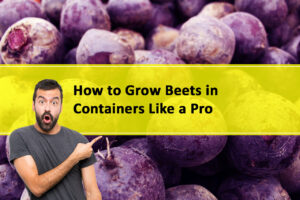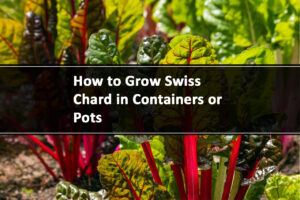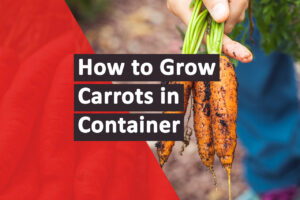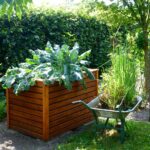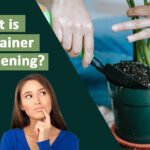Beautiful Plants For Your Interior
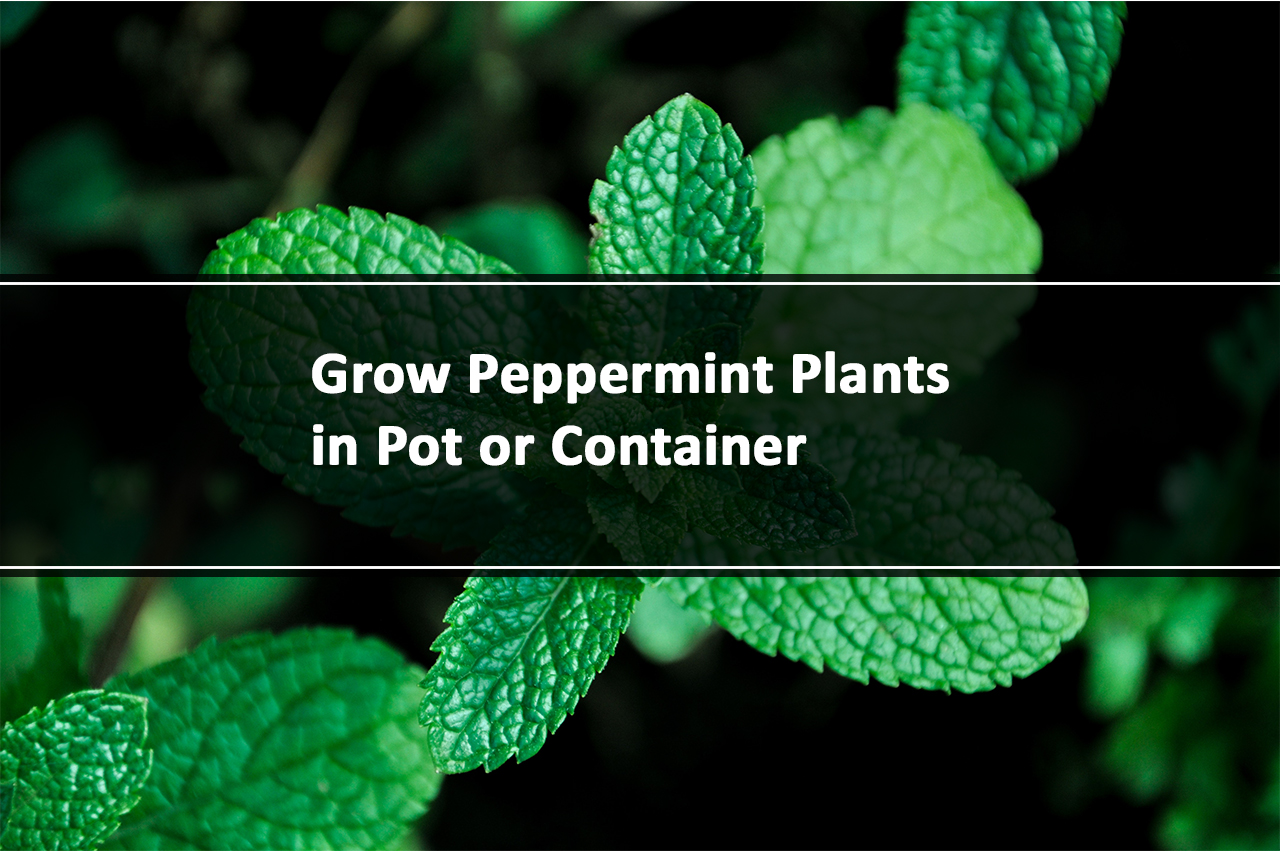
How to Grow Peppermint Plants in Pot or Container
Peppermint Plant, a versatile and popular perennial herb known for its refreshing aroma and minty flavor, belongs to the mint family (Lamiaceae) and is a hybrid between watermint and spearmint. With its lance-shaped leaves, serrated edges, and purple-tinged stems, this vibrant herb stands tall at a height of 1 to 3 feet (30 to 90 cm) and holds a special place in culinary, medicinal, and aromatic applications.
Peppermint (Mentha x piperita) is a useful addition to any garden or home due to its many advantages and applications. In the culinary world of cooking, peppermint leaves are often used to flavor a wide variety of foods, drinks, and sweets, such as mint tea, mojitos, salads, and chocolates. Because of its soothing and antispasmodic qualities, peppermint has been used medicinally for a long time to relieve gastrointestinal problems, headaches, and cold symptoms. Due to its strong, energizing perfume, peppermint is frequently used in potpourri, scented candles, essential oils, and aromatherapy.
Benefits of Growing Peppermint Plants in a Pot or Container
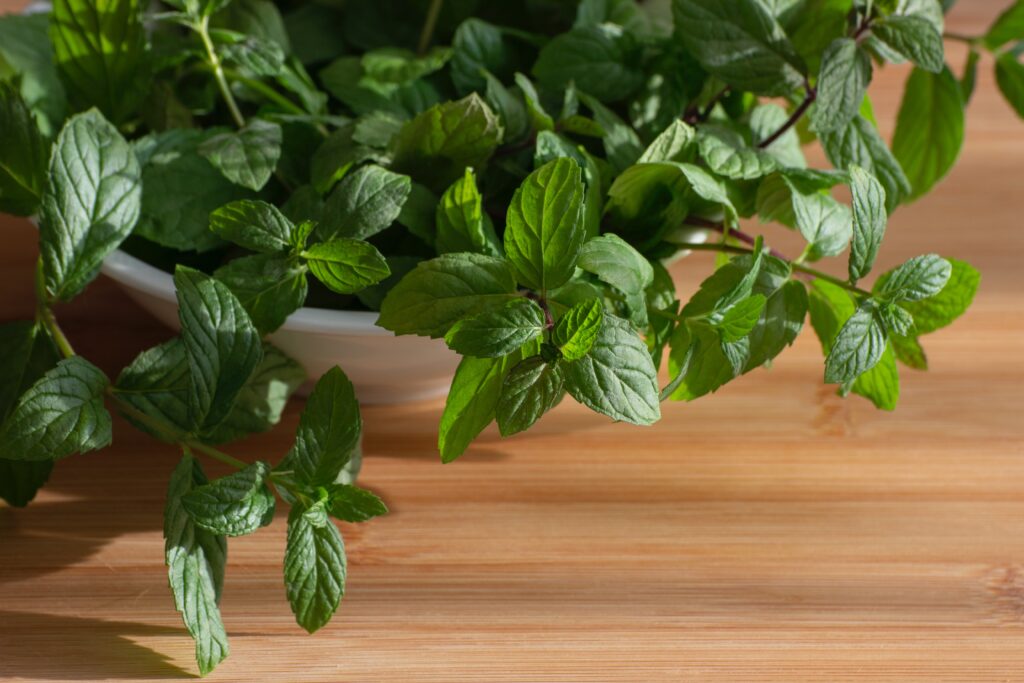
Growing peppermint plants in a pot or container offer a range of benefits, making it an excellent choice for gardeners and herb enthusiasts. Here are the advantages of cultivating peppermint in a container:
- Space Efficiency: Peppermint can be a vigorous spreader when planted in the ground. Growing it in a pot allows you to control its growth and keep it contained within a limited space, making it ideal for small gardens, balconies, patios, or indoor settings.
- Easy Mobility: Pots are portable, allowing you to move the peppermint plant around as needed. This flexibility enables you to adjust its exposure to sunlight, protect it from extreme weather, or simply change its location for decorative purposes.
- Indoor Cultivation: Peppermint grows well indoors, and planting it in a pot lets you bring the herb inside your home. You can enjoy fresh peppermint leaves year-round, even in colder climates, by placing the pot near a sunny window.
- Prevents Invasive Behavior: Peppermint has a tendency to spread vigorously through underground rhizomes when planted in the ground. In a container, the plant’s growth is controlled, preventing it from becoming invasive and taking over other parts of your garden.
- Better Control Over Growing Conditions: With a pot, you have more control over the soil quality, moisture levels, and drainage. This helps create an optimal environment for peppermint to thrive and minimizes the risk of overwatering or poor soil conditions.
- Convenient Harvesting: Growing peppermint in a pot makes it easier to access and harvest its leaves. You can simply pick the fresh leaves whenever you need them for culinary uses, teas, or medicinal purposes.
- Aesthetic Appeal: Peppermint’s lush green foliage and pleasant aroma add beauty and fragrance to any setting. Whether placed indoors or outdoors, peppermint in a container can enhance the visual appeal of your living spaces.
- Reduced Risk of Contamination: Growing peppermint in a pot reduces the chances of soil-borne diseases or contaminants affecting the plant. This helps maintain the plant’s health and longevity.
- Educational Value: Container gardening, including growing peppermint in a pot, provides an excellent educational opportunity for children and novice gardeners. It’s a simple and rewarding way to learn about plant care and observe the growth process up close.
- Natural Pest Repellent: Peppermint’s strong aroma acts as a natural deterrent for many pests, including ants, spiders, and rodents. Placing peppermint pots strategically can help keep unwanted insects and critters away from your home or garden.
- Versatility: You can grow peppermint in various types of containers, including traditional pots, hanging baskets, or window boxes, allowing you to adapt to your available space and aesthetic preferences.
How to Grow Peppermint Plants in Pot or Container
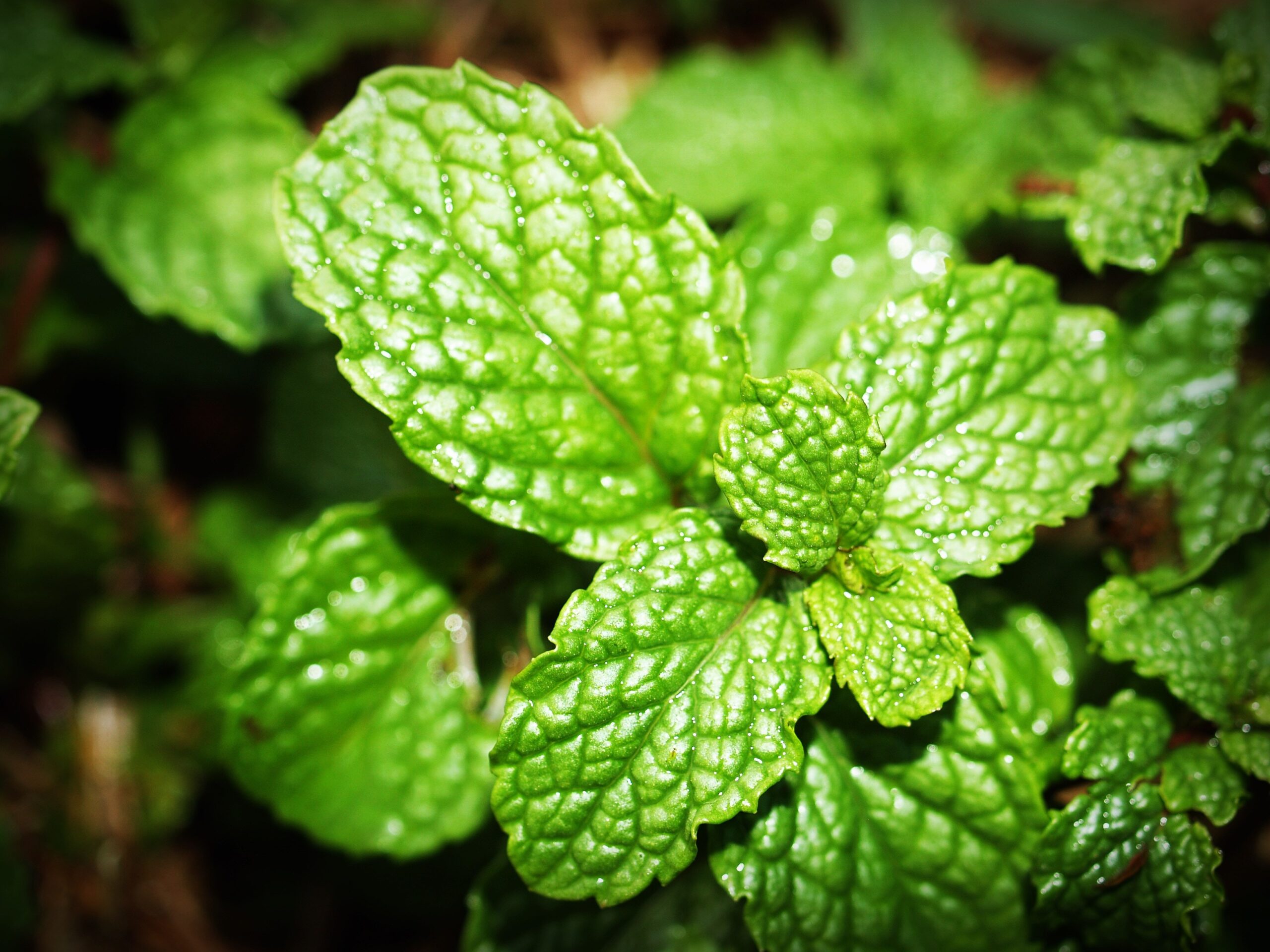
Growing peppermint plants in a pot or container is a rewarding and straightforward process. Peppermint is a versatile herb that can thrive indoors or outdoors, as long as you provide the right conditions. Here’s a step-by-step guide to help you grow peppermint in a pot:
-
Selecting a Pot and Location:
Choosing the right pot and location is essential for successfully growing peppermint in a container. When selecting a pot, opt for one that is at least 12 inches (30 cm) deep to provide enough space for the peppermint’s root system to spread and grow. Additionally, ensure the pot has drainage holes to prevent water from pooling at the bottom, which could lead to waterlogging and root rot.
Regarding the location, peppermint thrives in partial to full sunlight, making it crucial to place the container in an area that receives 4 to 6 hours of direct sunlight per day. Ample sunlight not only promotes healthy growth but also enhances the plant’s flavor and fragrance. Furthermore, consider the temperature conditions, as peppermint prefers a temperature range of 65°F to 75°F (18°C to 24°C) and may struggle in extreme heat.
For instance, you could choose a 12-inch (30 cm) diameter plastic or terracotta pot with drainage holes and place it on your sunny balcony or windowsill to ensure the peppermint plant receives enough sunlight and grows optimally.
-
Planting Peppermint:
Planting peppermint properly is crucial to give it a strong start and promote healthy growth. Whether using seedlings or cuttings, ensure you select healthy specimens. For seedlings, look for vibrant green leaves and no signs of wilting or pest infestation. If opting for cuttings, choose stems with healthy leaves and make clean cuts just below a node, which is the point where leaves grow from the stem.
To provide the peppermint plant with the best growing conditions, prepare a well-draining and nutrient-rich potting mix. A suitable potting mix can be created by combining equal parts of potting soil, perlite (or vermiculite), and compost. This mixture allows excess water to drain freely, preventing the roots from becoming waterlogged.
When planting the peppermint in the container, dig a small hole in the potting mix, place the seedling or cutting in the hole, and gently firm the soil around it. After planting, water the plant lightly to help the soil settle around the roots and eliminate air pockets.
By using healthy seedlings or cuttings and providing a suitable potting mix, you set the stage for a thriving peppermint plant that can yield aromatic and flavorful leaves.
-
Watering and Moisture:
Proper watering is crucial for the health and well-being of your peppermint plant. Maintaining an appropriate watering schedule and technique can ensure the plant receives enough moisture without being subjected to waterlogged conditions.
To determine when to water the peppermint, check the top inch of the soil. If it feels dry to the touch, it’s time to water. However, avoid overwatering, as peppermint prefers slightly moist soil rather than sitting in waterlogged conditions. Overwatering can lead to root rot and other issues that can harm the plant.
In addition to the frequency of watering, ensure that water reaches the root zone directly. Watering at the base of the plant allows the roots to access moisture effectively, promoting healthy growth.
For example, you may choose to water your peppermint every 2 to 3 days during hot and dry weather, but adjust the frequency based on factors such as the weather and moisture levels in the pot.
-
Sunlight Requirements:
Peppermint requires an adequate amount of sunlight to thrive and produce flavorful and aromatic leaves. Placing the container in a location that receives 4 to 6 hours of direct sunlight per day is ideal for the plant’s growth.
To ensure that your peppermint plant receives enough sunlight, observe its growth and health regularly. If you notice the plant leaning towards one side or becoming spindly, it may not be getting enough light. In such cases, consider rotating the pot periodically to promote even growth and expose all sides of the plant to sunlight.
By providing ample sunlight, you can encourage robust growth and vibrant, aromatic leaves in your peppermint plant.
-
Fertilization:
Feeding your peppermint plant with the appropriate nutrients is essential to support its rapid growth and the production of aromatic leaves. Peppermint has specific nutrient needs, with nitrogen (N) and potassium (K) being the primary elements required for its development.
To meet these needs, choose suitable fertilizers for your peppermint. Organic, balanced fertilizers or slow-release granular fertilizers with an NPK ratio of approximately 10-10-10 are often effective for providing essential nutrients.
To ensure optimal growth, apply fertilizer every 4 to 6 weeks during the growing season, which typically spans spring and summer. Following the manufacturer’s instructions for the proper dosage and application frequency is crucial to prevent over-fertilization, which can harm the plant.
For instance, using an organic liquid fertilizer with an equal NPK ratio (e.g., 10-10-10) every six weeks during the growing season can promote healthy foliage growth in your peppermint plant.
-
Pruning and Harvesting:
Pruning and harvesting are vital practices that can help maintain the health and vigor of your peppermint plant. Regular pruning ensures the plant remains bushy and encourages lateral growth, leading to a fuller and healthier appearance.
When pruning the peppermint plant, focus on removing the top two sets of leaves. This process promotes branching and ensures a bushier, more compact growth habit. Additionally, trimming back any leggy growth can help redirect the plant’s energy toward producing new, fresh leaves.
Harvesting the peppermint leaves properly is essential to continue enjoying the plant’s culinary and aromatic benefits. To harvest, start by picking leaves from the top of the plant and work your way down. Avoid removing more than one-third of the plant’s foliage at a time to maintain its ability to sustain growth.
For instance, pinching off the top two sets of leaves from the peppermint plant every two weeks during the growing season can promote a fuller and more abundant supply of fresh leaves.
-
Pests and Diseases:
Like any plant, peppermint is susceptible to pests and diseases that can affect its health and vitality. Common pests that may attack peppermint include aphids, spider mites, and whiteflies. These pests can cause damage to the leaves and affect the overall health of the plant.
Implementing natural or chemical pest control methods can help address these issues. For instance, using insecticidal soap or neem oil is an effective and safer option compared to harsh chemical pesticides.
In addition to pests, peppermint may also be susceptible to fungal diseases, such as powdery mildew and rust. Improving air circulation around the plant and avoiding overhead watering can help prevent the development and spread of these diseases.
Regularly inspecting the peppermint plant and taking prompt action to address pest infestations and diseases can contribute to the plant’s overall health and productivity.
-
Propagation:
To maintain a continuous supply of peppermint, learning about different propagation methods is essential. Peppermint can be propagated through seeds, cuttings, or division.
Seeds can be collected from the plant after flowering, but keep in mind that peppermint grown from seeds may not be as true to the parent plant’s characteristics. Cuttings, on the other hand, are an excellent way to propagate peppermint while ensuring that the new plant retains the same characteristics as the parent plant.Another method of propagation is division, where a mature peppermint plant is divided into smaller clumps, each containing roots and stems. The division is typically done every two years to create new plants and keep the original plant healthy and vigorous.
For example, you could divide a mature peppermint plant every two years to create new plants and maintain a steady supply of fresh leaves for culinary and aromatic purposes.
-
Winter Care:
During the winter months, special care is necessary to ensure the survival of the peppermint plant, especially in colder climates. Peppermint is not frost-tolerant, so it is essential to take steps to protect the plant from freezing temperatures.
Before the first frost arrives, consider moving the peppermint container indoors. Placing the plant near a sunny window or in a well-lit area will provide enough light for it to thrive during the winter months. In milder climates, you may be able to protect the plant outdoors by covering it with a frost cloth or bringing it closer to a sheltered wall.
By providing winter care and protection, you can enjoy fresh peppermint leaves year-round.
-
Troubleshooting Common Issues:
Throughout the growing season, it is essential to monitor the peppermint plant for any signs of stress or poor growth. Yellowing leaves may indicate overwatering, while wilting can result from underwatering. Adjusting the watering regimen accordingly can help resolve these issues.
If the peppermint plant shows signs of leggy growth, it may not be receiving enough sunlight. In such cases, consider moving the pot to a sunnier location to encourage more compact and robust growth. Poor flavor in the leaves could be a result of stress or aging. To ensure the best taste, harvest younger leaves as they tend to have a more intense flavor.
By being observant and addressing common issues promptly, you can maintain a healthy and vibrant peppermint plant.
-
Companion Planting:
Companion planting involves strategically placing certain plants together to benefit one another in various ways. Peppermint is known to have positive effects on certain plants when grown nearby.
Companion plants that can benefit from being grown alongside peppermint include tomatoes, cabbage, and roses. Peppermint’s strong scent can help deter pests that may affect these plants, contributing to a healthier and more productive garden.
On the other hand, it is essential to avoid planting peppermint near other types of mint or plants that require drier soil conditions. Peppermint is an aggressive grower and can quickly spread, potentially overwhelming other nearby plants.
By choosing suitable companion plants and being mindful of the peppermint’s aggressive growth habit, you can create a harmonious and beneficial garden environment.
Tips for Indoor Peppermint Care:
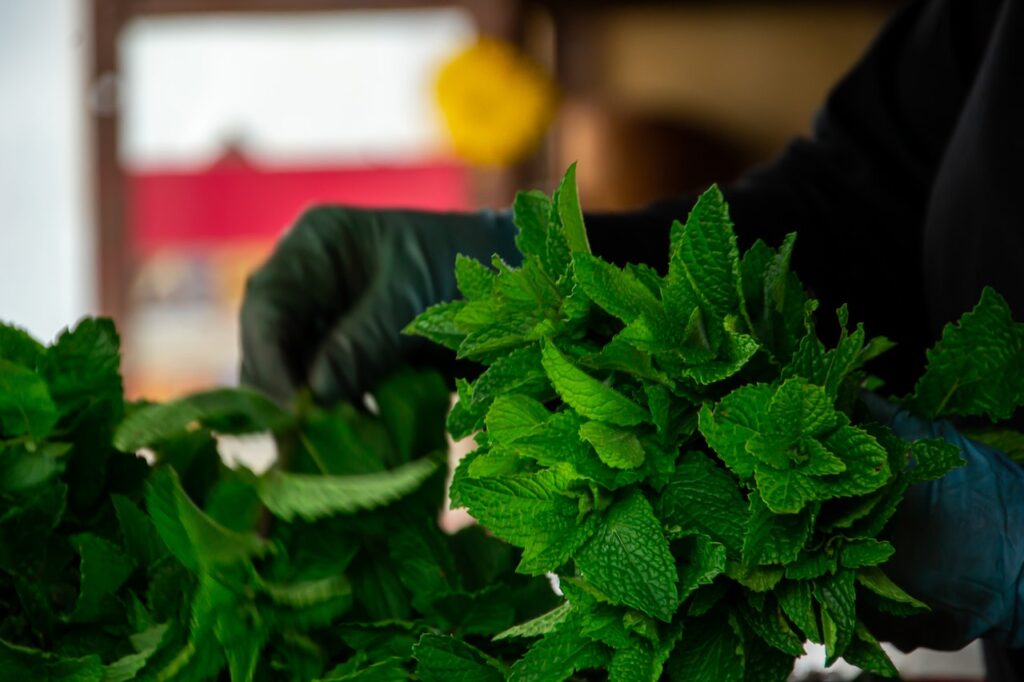
Growing peppermint indoors comes with its own set of considerations. Indoor plants may require additional humidity, especially in dry climates. To provide your indoor peppermint plant with adequate humidity, place a shallow tray filled with water and pebbles near the plant. As the water evaporates, it will increase the humidity around the plant.
Additionally, proper ventilation is crucial for indoor peppermint care. Stagnant air can promote the development of fungal diseases. To ensure good airflow, consider using a fan to circulate the air around the plant and prevent issues related to high humidity.
By paying attention to indoor-specific care needs, you can successfully grow peppermint indoors and enjoy its benefits throughout the year.
People also ask
-
What size pot is best for growing peppermint?
A pot with a minimum diameter of 12 inches works well. Ensure it has drainage holes.
-
Can peppermint be grown indoors in a container?
Yes, peppermint can thrive indoors if provided with adequate sunlight and moisture. Place the pot near a sunny window.
-
How often should I water peppermint in a pot?
Water when the top inch of soil feels dry to touch, typically 2-3 times a week. Avoid overwatering to prevent root rot.
-
How many mint plants per pot?
Plant one mint plant per pot to avoid overcrowding and ensure each plant receives sufficient space, nutrients, and water. Separate pots for multiple plants prevent invasiveness and make care and management easier.
-
What are the benefits of growing peppermint in a pot?
Growing peppermint in a pot offers controlled growth, mobility, space efficiency, easy harvesting, and aesthetic appeal indoors or outdoors.
-
Does peppermint in a pot require special pest control?
Peppermint’s strong scent naturally repels pests. Nevertheless, monitor the plant for any issues and treat it as needed using organic remedies.
-
Can I use peppermint leaves from the potted plant for culinary purposes?
Yes, you can harvest peppermint leaves from the pot for culinary uses, teas, and more. Regular pruning encourages bushier growth.
-
Can I move peppermint pots indoors during winter?
Yes, move pots indoors to a sunny spot during colder months. This allows year-round peppermint growth and protection from frost.
-
How do I prevent peppermint from becoming invasive in a pot?
Growing peppermint in a container restricts its spreading. Regular pruning and containing the roots will prevent invasiveness.
Conclusion on How to Grow Peppermint Plants:
In conclusion, growing and caring for peppermint in a pot or container is a rewarding experience that allows you to have a steady supply of fresh, aromatic leaves right at your fingertips. From selecting a suitable pot and location to pruning, harvesting, and troubleshooting common issues, each step plays a vital role in ensuring the health and productivity of your peppermint plant.
Remember to provide adequate sunlight, proper watering, and essential nutrients to encourage vigorous growth and flavorful leaves. By understanding the plant’s specific needs and following the provided tips and examples, you can cultivate a thriving peppermint plant and enjoy its culinary, medicinal, and aromatic benefits throughout the year. Whether used in cooking, as a natural remedy, or simply for its delightful fragrance, homegrown peppermint is a valuable addition to any garden or indoor space.

